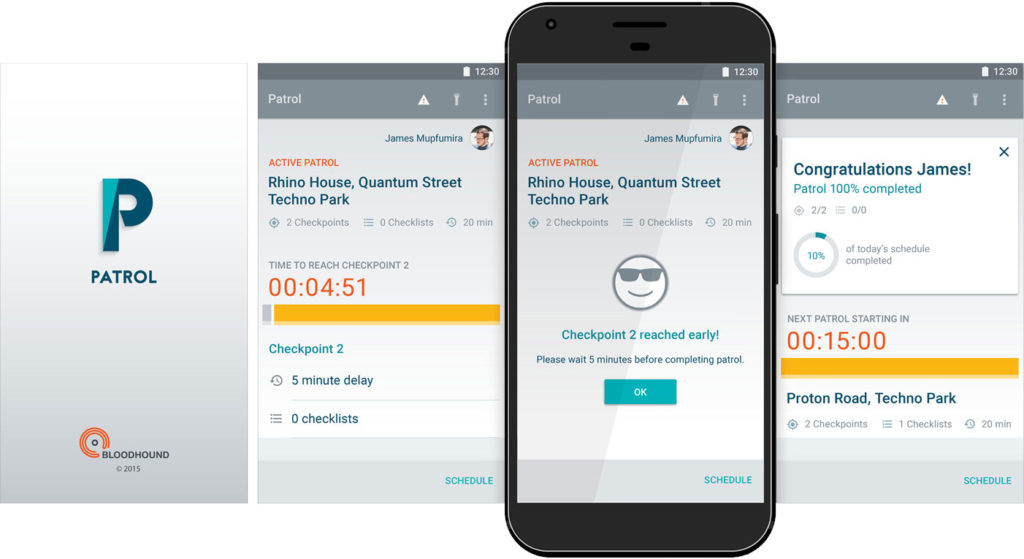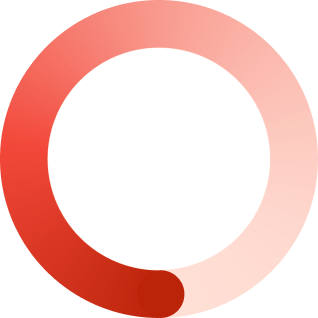In June, I was invited to present a talk at GeoIoT in Belgium, Brussels. The talk was centered around using BLE Beacons and GPS to increase productivity.
Improving job productivity and efficiency is the focus for many companies and at Polymorph, we have been working with companies like Bloodhound in this area. This article looks at some of the things we learned during the conceptualisation, design and development of these products.
When developing an IoT app linked to productivity, the key questions we ask during design and development are;
- What do you want the user to take away from this product?
- What action do you want the user to take because of the product?
- How should the user feel while and after using your product?
These questions centre the user at the core of the IoT app. Placing the user at the centre ensures that the IoT app enables the user to take the necessary actions to increase productivity. Of course, one also needs to consider the company’s perspective on what actions the user is encouraged to take. We find that leading from the user’s perspective through user research and continual testing ensures engagement with, and buy-in to the IoT app.
Within our work and our research, we found that context is key to making a great IoT app:
- Context improves mental focus by helping to prioritise tasks
- Context improves the quality of interaction from the user by giving meaning to tasks
- Context improves efficiency by more effectively scheduling tasks
- Context reduces time waste by providing only the relevant information
By focusing our research on the following five areas we were able to find ways in which context drives productivity:
- Position: Which tasks are relevant to the area where I find myself?
- Current Time: Which tasks are relevant to me right now?
- Duration: How much longer should I spend on this task?
- Deadline: Which task should I complete first?
- Performance feedback: How am I doing?
How does one gather information required to understand context? For ease of use as well as easy uptake in terms of user acceptance, we found that Smartphones were great for the following reasons:
- GPS for outdoor location
- BLE with Beacons for indoor location
- Time and duration with accurate clock
- Dynamic task lists and workflow updating through always on communication
- Measurement of performance metrics using sensors and user input
- Real time feedback of performance through easy to understand user interface
The challenges of using Smartphones are battery life, location accuracy and the wide performance differences of the BLE chipsets, but all of these can be overcome with careful planning and the use of good UI and development.

Using location, time and available skills of the the user, we could derive content and based on the feedback, we could arm them with information that improved their productivity. Using positive feedback in the IoT app, we found that, not only did productivity increase, but job satisfaction improved. Having the user see the IoT app as a work tool that assists them to complete tasks and stay on track, rather than a Big Brother, came from our focus on the user. Click here to read the project case study.
Like any mobile app development that we undertake, our focus is user centric and client focused. Ensuring your staff have the tools to complete the tasks immediately at hand.





